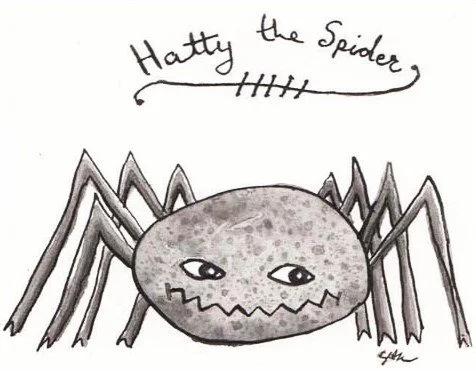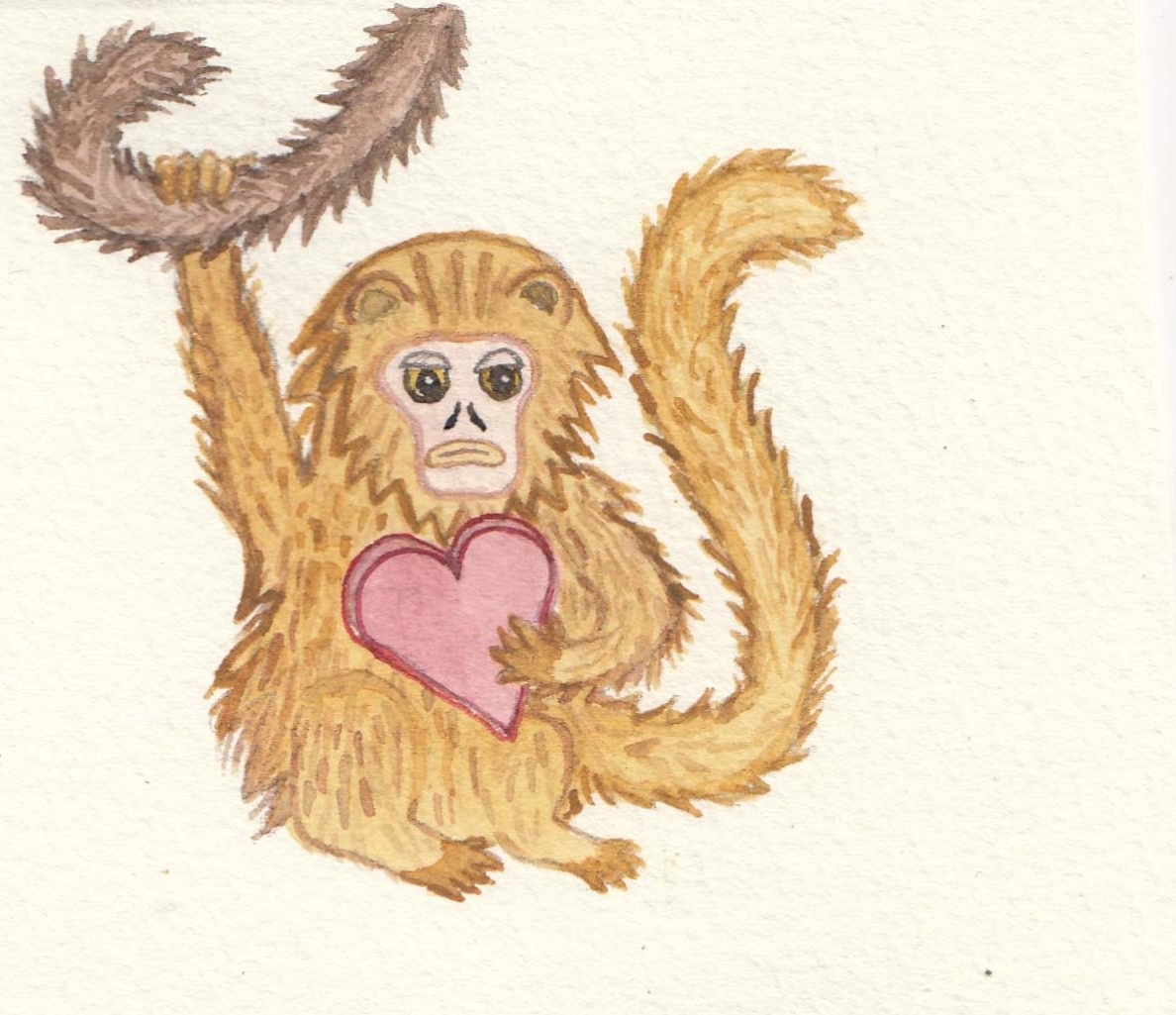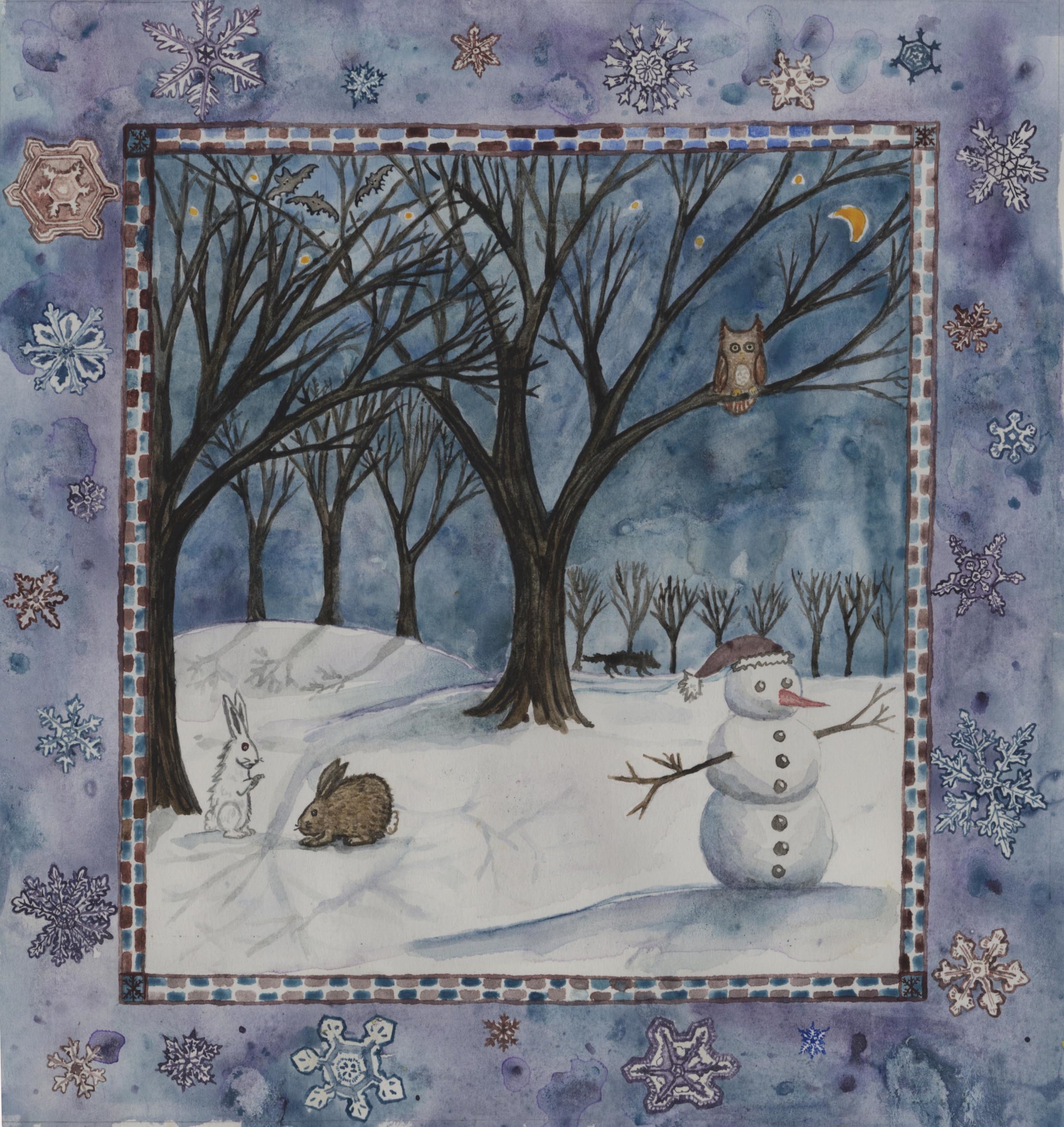Saturn was born in Mississippi, USA some time in the early 1930s. As a young alligator, some humans captured him and took him to Berlin. Saturn lived peacefully in the Berlin Zoo for several years. Together, with approximately twenty or so other alligators, Saturn savagely devoured whatever prey the zookeepers gave him to eat.
Unbeknownst to Saturn, the humans started a war amongst themselves. Berlin became a dangerous place, with bombs and bad food. Eventually, bombs were dropped right on the zoo itself. Many of the alligators in Saturn’s congregation died, the cage that had been his home, destroyed. Saturn and the remaining alligators started roaming the streets of Berlin. Like the displaced people, they ate whatever they could find.
Eventually, humans once again captured Saturn. This time they took him to Moscow. Saturn went to live in the Moscow Zoo. Saturn lived in the Moscow Zoo when Stalin ruled the USSR. Saturn was still living in the Moscow Zoo when Stalin died and Khrushchev ruled the USSR. Saturn sat in his cage and watched the children of the Stalin era bring their own children of the Brezhnev era. By the time the 1980s came around, Party officials in the Kremlin worried over Brezhev’’s death, then Andropov’s then Chernenko’s.
Saturn ate rats and rabbits and sat in his cage. At this point the children of the Stalin era started to become grandmothers and grandfathers. Saturn lounged in the sun, watching the humans come to his cage. Eating rabbits sometimes.
Gorbachev came and instituted perestroika and glasnost. Far away, in the land of Saturn’s birth, Ronald Reagan made speeches about mutually assured destruction, Star Wars, and walls. Saturn didn’t care about any of this.
Today, the USSR is gone, Reagan is dead. Putin makes angry speeches about Ukraine. Saturn is still in his cage, eating vermin. Sleeping a lot. His exhibit is now sponsored by the clothing company Lacoste.
What would Saturn tell us humans if he could talk? I think he might tell us that alligators have lived on Earth much longer than humans, and that eating is more important than who is in charge.
































